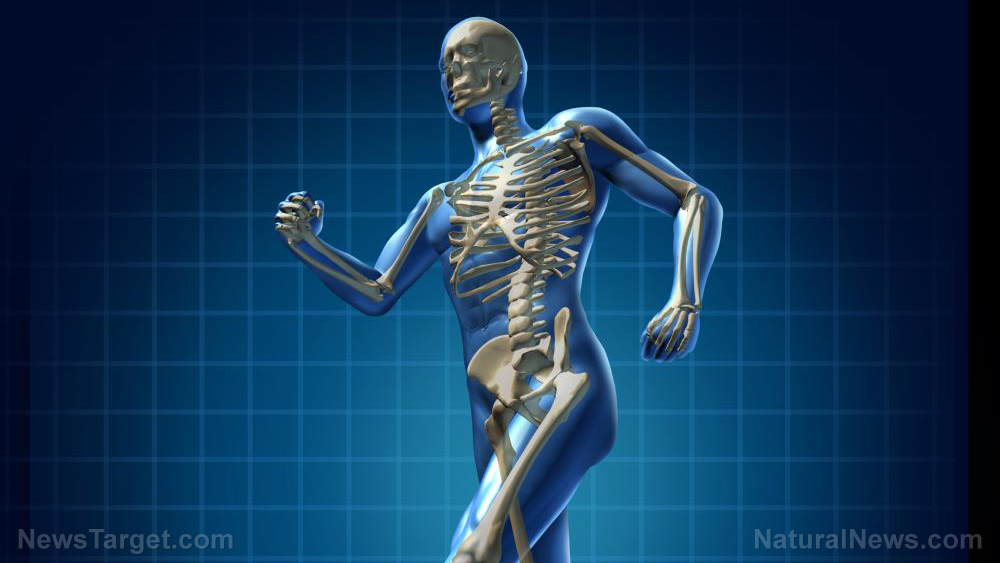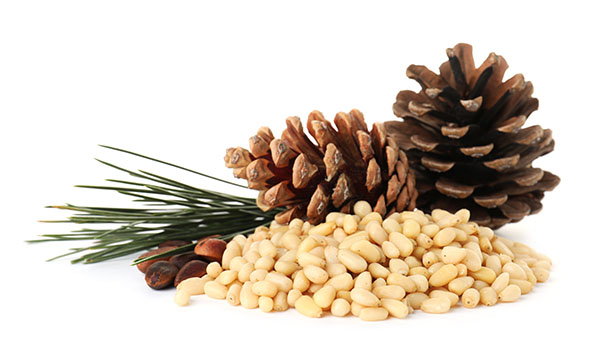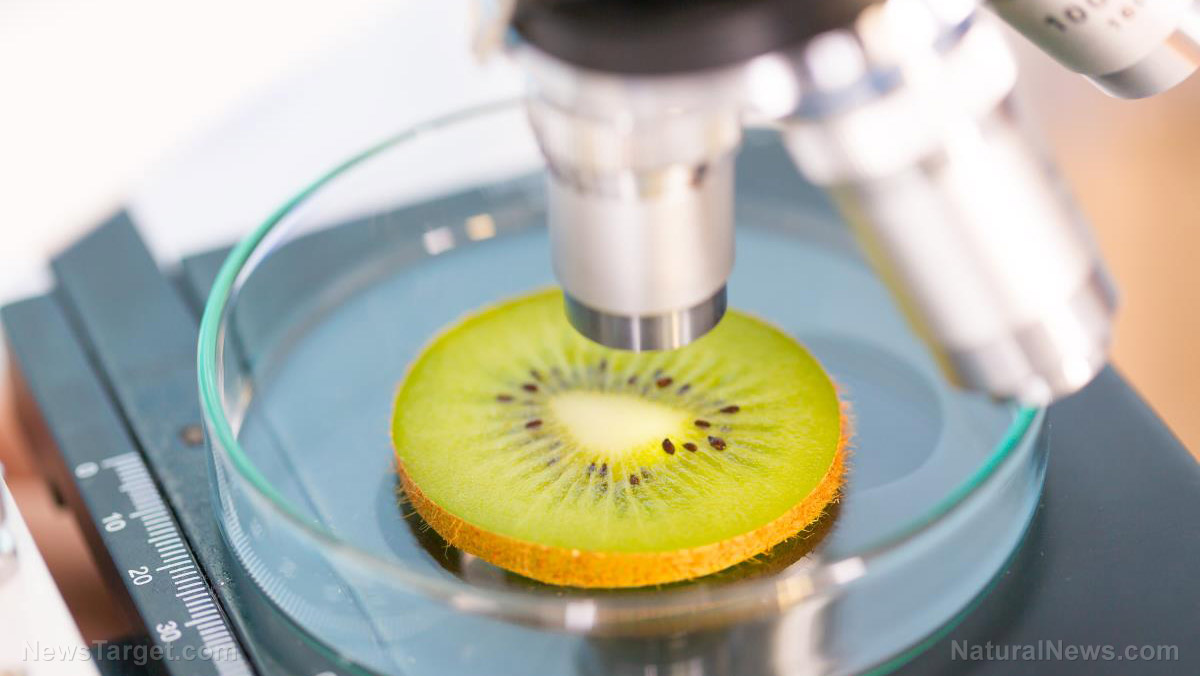
This study, which was published in Frontiers in Immunology, looked at the role of RvE1 in bone remodeling under inflammation. It had been noted previously that both the immune response and bone interaction are mediated by the ratio between receptor activator of NF-kappa B ligand (RANKL) and osteoprotegerin (OPG).
RANKL is a signal for osteoclastic differentiation, while OPG interferes with the binding of RANKL to its receptor, leading to reduced osteoclastogenesis. Previous studies have shown that when there is inflammation, the RANKL to OPG ratio increases. However, this was only observed in vitro. Building upon these results, the researchers then wanted to show how RvE1 can influence this ratio in vivo.
Results of the study show that RvE1 is able to affect bone remodeling partly because of direct interaction with the bone cells. In the presence of inflammation, it was observed that RvE1 can differentially regulate gene expression and reverse gene expression back to homeostasis levels. In addition to this, the downregulation of signaling pathways that involve inflammatory cytokines, such as NF-kappa B and MAPK, was also observed.
From these results, it can be concluded that RvE1 can preserve bone tissues due to its ability to regulate the RANKL/OPG ratio and the different signaling pathways. This highlights the importance of eating foods rich in omega-3 in maintaining bone health. (Related: Omega-3 fatty acids are superfoods.)
Other ways to prevent bone tissue degeneration
Eating foods rich in omega-3 can help preserve bone tissue and prevent diseases, including osteoarthritis and periodontal disease. Aside from this, there are other ways to support the bones, such as:
- Exercising – Studies have shown that doing weight-bearing and muscle-strengthening exercises can lead to bone formation. These activities are also able to slow down age-related bone loss. Exercises can be as simple as walking, jogging, or climbing stairs. For an additional challenge, weights can also be used.
- Eating calcium-rich foods – One very important component of bones is calcium. This mineral makes the bones strong and prevents low bone mass, rapid bone loss, and broken bones. Some common foods that are rich in calcium are milk, yogurt, cheese, broccoli, spinach, sardines, tofu, and almonds.
- Getting more vitamin D – For there to be calcium absorption, vitamin D should also be present. In its absence, the calcium from foods will just be wasted. Aside from this, the body will also have to give up calcium from the bones to the bloodstream, which leads to bone deterioration. Vitamin D can be acquired by simply going out to get some sunlight. One can also take vitamin D supplements.
- Quitting smoking – Studies show that smoking causes the body to absorb less calcium from their diets. As a result of this, there is bone breakdown to free some calcium for use by the body. In addition to this, smoking has also been linked to lower estrogen levels in women. This decrease in estrogen level is associated with an increase in bone loss.
- Increasing fruit and vegetable intake – Fruits and vegetables are packed with what are considered bone-friendly nutrients. These include magnesium, potassium, vitamin K, vitamin C, and protein. Studies have also shown that people who eat more fruits and vegetables have higher bone mass.
Learn more about foods and treatments that can prevent bone deterioration by visiting Cures.news today.
Sources include:
Please contact us for more information.























